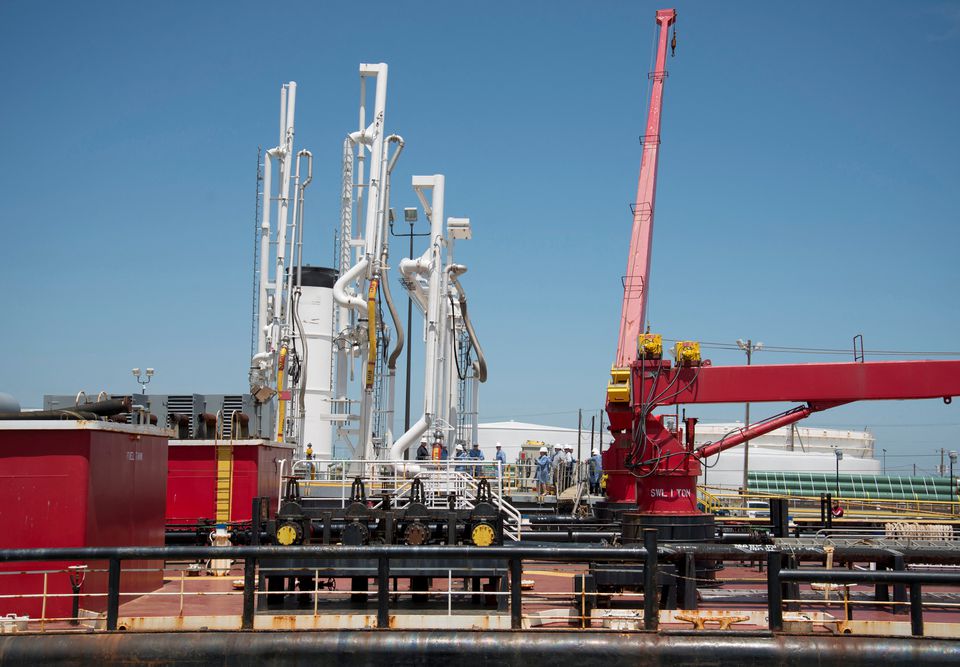АНУ-ын боомт илүү хэмжээний газрын тос эпспортлох чадамжтай юу?

НЬЮ ЙОРК, 7-р сарын 20 (Ройтерс) –Орос улс Украйнд довтолсны дараа Москвад тавигдаж буй дараалсан хориг арга хэмжээний улмаас үүсээд буй Европын газрын тосны хэрэгцээг АНУ-ын газрын тос тээвэрлэгчид хангаж байна. Ирэх жилүүдэд АНУ-ын газрын тос хилийн чанадад илүү олон худалдан авагчтай болох магадлал байгаа ч АНУ-ын экспортын дэд бүтэц энэ эрэлтийг дийлэх эсэх нь эргэлзээтэй байна.
АНУ ердийн үед хэдий хэмжээний газрын тос экспортлодог вэ?
АНУ-ын Эрчим хүчний мэдээллийн албаны мэдээлснээр, 5-р сарын сүүлийн дөрвөн долоо хоногт АНУ-ын түүхий нефтийн экспорт өдөрт дунджаар 3.7 сая баррель байгаа нь 2020 оны 3-р сараас хойших хамгийн өндөр үзүүлэлт болжээ. Сүүлийн өдрүүдэд экспортын өдрийн дундаж хэмжээ 3.1 сая баррель байгаа нь АНУ дэлхийн хамгийн том түүхий нефтийн экспортлогчдын нэг болохыг харуулж байна.
АНУ голдуу Персийн булангийн эргээс Хьюстон, Корпус Кристи, Бомонт зэрэг Техасын боомтуудаас экспортлодог. Корпус Кристи бол хамгийн том боомт нь бөгөөд өдөрт 2 сая орчим баррель газрын тос экспортлодог бол Хьюстон 700,000 баррель тос экспортлодог 2 дахь том боомт юм.
АНУ түүхий нефтийнхээ дийлэнх хувийг буюу 1.4 сая баррелийг Европ руу, 1 сая орчим баррелийг Ази руу, 250,000 баррелийг Канад руу, үлдсэн хэсгийг Латин Америк руу гаргадаг.
Эх сурвалж: https://www.reuters.com/business/energy/can-us-port-infrastructure-handle-more-crude-exports-2022-07-20/
